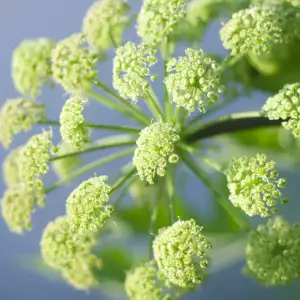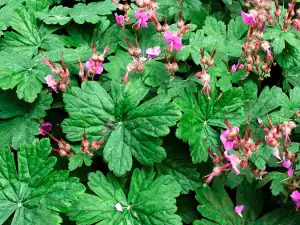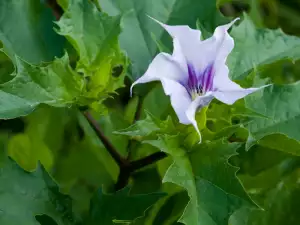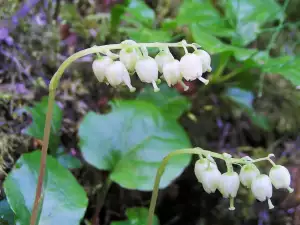Angelica / Angelica /, also known as therapeutic tweeter, is a biennial herb that has upright stems reaching heights of 39.5″ - 59″ (100 cm - 150 cm). In the top part, the stem outbranches.
The leaves are consistent, and the flowers are small, flexible with a greenish-white or greenish-yellow color. The fruit is ovoid and laterally flattened. Angelica blooms in June-August. The herb grows in shady and moist areas near rivers and streams.
History of angelica
Angelica is an herb that has been used since time immemorial, as evidenced by ancient records. Approximately 20 different tribes have used angelica for healing. In America, the entire plant was used for treating viral and bacterial infections.
Locals have used it as a tonic against various chronic diseases. According to European folklore, the name of the herb comes from the fact that it usually blooms around the holiday of the Archangel Michael.
Composition of angelica

The root and rhizome contain essential oils and terpenes, angelicine, valeric acid, lactone, ostenol, osthol, angelic acid, arhicine, bergapten, imperatorin and others.
The root is an excellent source of vitamin B12, niacin and folic acid. The fruits of angelica contain 17% fatty oil, up to 1% essential oils of feladren, felopterin, bergapten and others.
Collection and storage of angelica
Collect the medical plant parts - roots, seeds and leaves. Angelica root is collected in March, April, September, October, and the leaves and seeds - only in September and October.
Benefits of angelica
Although it is believed that all parts of the plant are used to treat various diseases, the root is the curative part. The leaves and stems are less curative. The root, leaf and stem can be used as a tonic, while the seeds work well against nausea.
The root can be eaten raw, and the spectrum of useful action is very broad. It is used in various disorders of digestion, colic, gas.
Angelica is used for reproductive balance, to induce a delayed period, for intestinal spasms, as an expectorant, and to induce sweating as good diuretic and antiseptic for the treatment of urinary tract infections.

Angelica stimulates the kidneys, helps with general weakness, loss of energy and intermittent fevers, rheumatism. Some people use the herb to relieve joint inflammation.
Angelica improves blood flow to the peripheral parts of the body, which in turn leads to improved blood circulation. It is especially used for Buerger's disease ( a disorder in which the arteries in the legs and arms become blocked ).
Externally, angelica is used for rinsing the eyes, compresses for scabies, rashes, lung disease, gout, and relieving rheumatic pains.
Angelica is used in various medicinal forms. Infusions of its leaves are used during impaired digestion. A decoction of the dried roots can be used to stimulate the liver, for menstrual problems, to relieve constipation.
Creams made from the leaves are applied to skin irritations. Young green leaves with the thickness of a pencil are candied and used as an excellent tonic for fighting infections and to improve energy levels.
Generally, angelica has antispasmodic, carminative, expectorant, anti-inflammatory, diuretic and antibacterial functions. It is a uterine stimulant.
Dangers of angelica
The root contains specific chemicals, which can cause severe photosensitivity. In large quantities, angelica is poisonous and can have negative effects on respiration, blood pressure and heart rate.
It should not be used by pregnant women because it is a uterine stimulant. Diabetics should also not consume angelica because it can cause an increase in the blood sugar level in the urine. Excessive use of angelica can cause diarrhea in others.













Comments